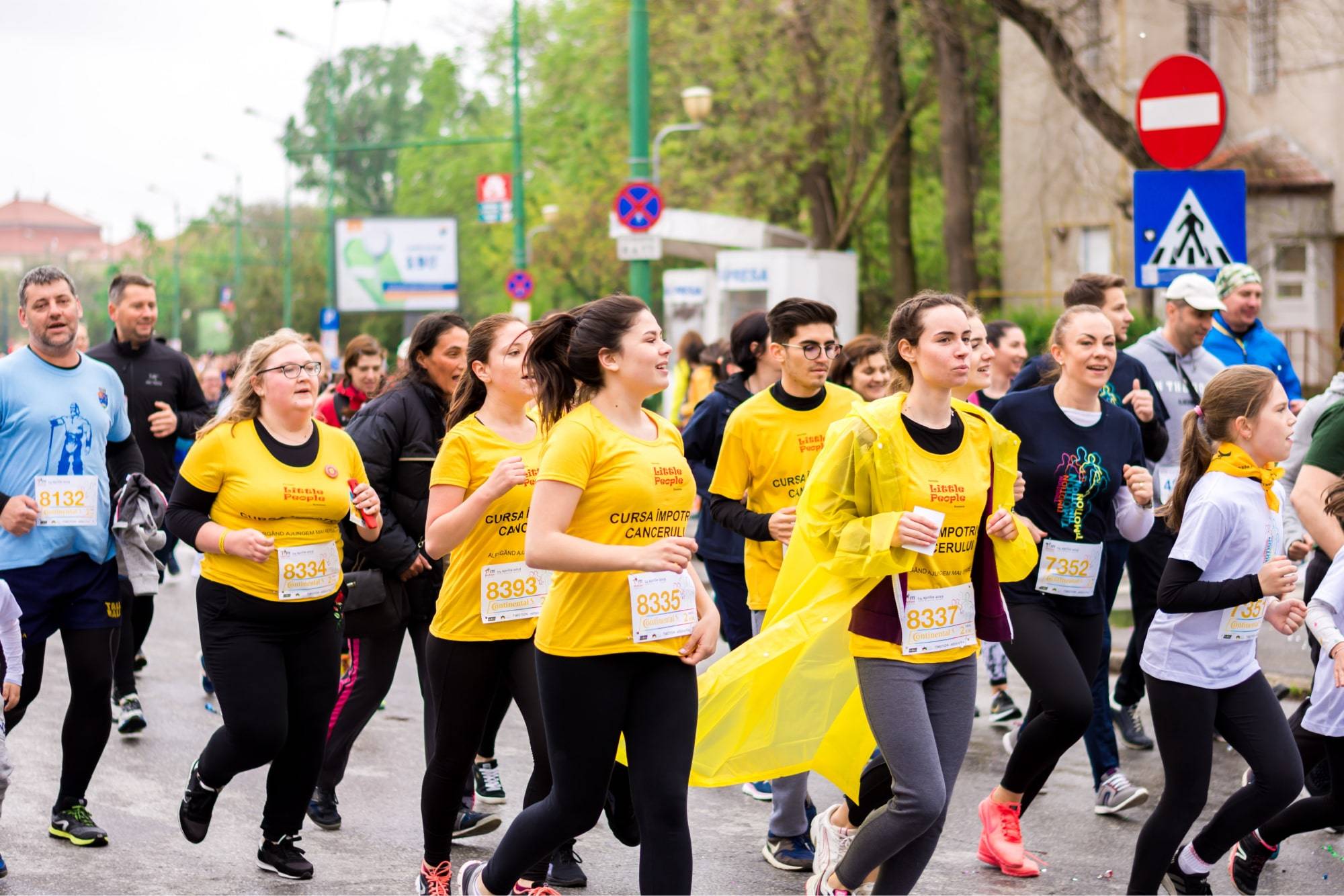A race chip timing system involves attaching an electronic device to the athlete. The device uses a transponder chip to measure the exact time of the athlete. Each chip has a unique identification number to identify the athlete and link them to the database.
How Do Race Timing Chips Work?
Race timing software can be divided into two categories: active systems and passive race timing systems. There are many differences, but the most basic is the presence or absence of a power source in the chip. Let’s talk about these two systems in more detail.
Pros and Cons of Using Passive Race Timing Systems
As you might have guessed from the name, the passive system does not contain a power source on the chip.
For the chip to work, it needs to transfer energy “through the air.” This is the main problem of the passive system and the difficulties associated with it. You need to use expensive high-frequency antennas to activate the chip and transfer energy.
- Pros: since the chip does not have a power source, it is no bigger than a sticker. So it is easy to attach to the race bib. The tag can be mass-produced, making it less expensive. Another pro is many types of passive tags are disposable, so they don’t have to be collected at the end of the race.
- Cons: accuracy and percentage of detection. The honest accuracy of such systems is limited to 1 sec. The rate of detection when installing one detection line is 95%. To increase this percentage, the timekeepers suggest putting a duplicate line or attaching two chips to each athlete. And still, this will not give a 100% guarantee. Even large running events of 50,000 people share information about passes in 0.1% of the total number of participants, even though there is no shortage of equipment at such events and duplicate lines are everywhere.
It is advisable to use a passive timing chip for marathons where it is virtually impossible to use active chips and other timing systems due to the number of participants. Shorter events should be held with active systems.
Active Chip-Timing: Advantages and Disadvantages
We all see it in action on TV, at biathlon competitions, for example. The chip looks like a wearable device, usually attached to the athlete’s leg.
- The advantages are obvious: the accuracy is an honest 0.1 sec (depends on the sport or the speed of crossing the line). For accuracy above 0.01 seconds, it is necessary to use optical means.
- Cons: The race timing systems cost a bit more: the chip costs 40-60 USD on average, but the equipment for activation is a little cheaper than that of passive systems. Another disadvantage is that such chips must be issued to athletes and then collected, limiting the system’s use at very large events.
This is a more advanced and more accurate timing service for determining the athlete’s time.
We all see it in action on TV, at biathlon competitions, for example. The chip looks like a wearable device, usually attached to the athlete’s leg.
- The advantages are obvious: the accuracy is an honest 0.1 sec (depends on the sport or the speed of crossing the line). For accuracy above 0.01 seconds, it is necessary to use optical means.
- Cons: The race timing systems cost a bit more: the chip costs 40-60 USD on average, but the equipment for activation is a little cheaper than that of passive systems. Another disadvantage is that such chips must be issued to athletes and then collected, limiting the system’s use at very large events.
This is a more advanced and more accurate timing service for determining the athlete’s time.
You will receive individual timing for each participant and average results. You will also receive an online broadcast of current results on the Internet (on the organizer’s website), including a leaderboard based on age group and gender. The participant will receive personal results by phone and email immediately after the finish.
Race Result – This passive system with disposable transponders on the back of the bib is the perfect solution for a road race. If the start and finish are at the same place, chip times can be taken. The complete solution costs $5399 per system.
Lynx – fully automatic race timing systems for almost any sport with a finish line, including Cycling, Rowing, Horse Racing, Greyhound Racing, Speed Skating, Motorsports, and more. With packages ranging in price from under $5,000 to $25,000.
AIDE – Wireless RFID Sports Marathon Race Timing Systems for Competitions perfect for marathon race/fun running/training, with 40-hour standing by and 10 hours of read time. $250.00 – $3,600.00 per set.






